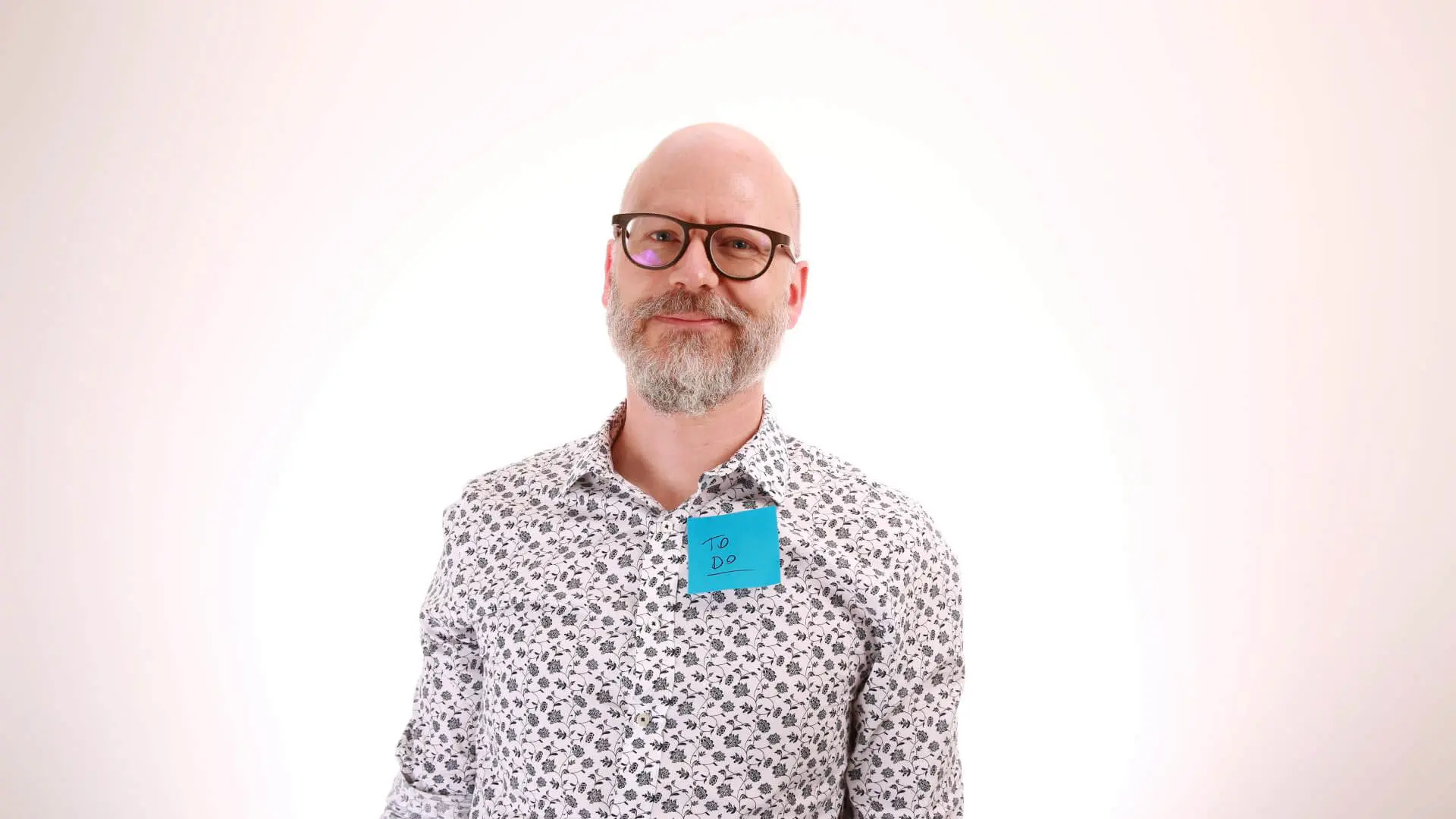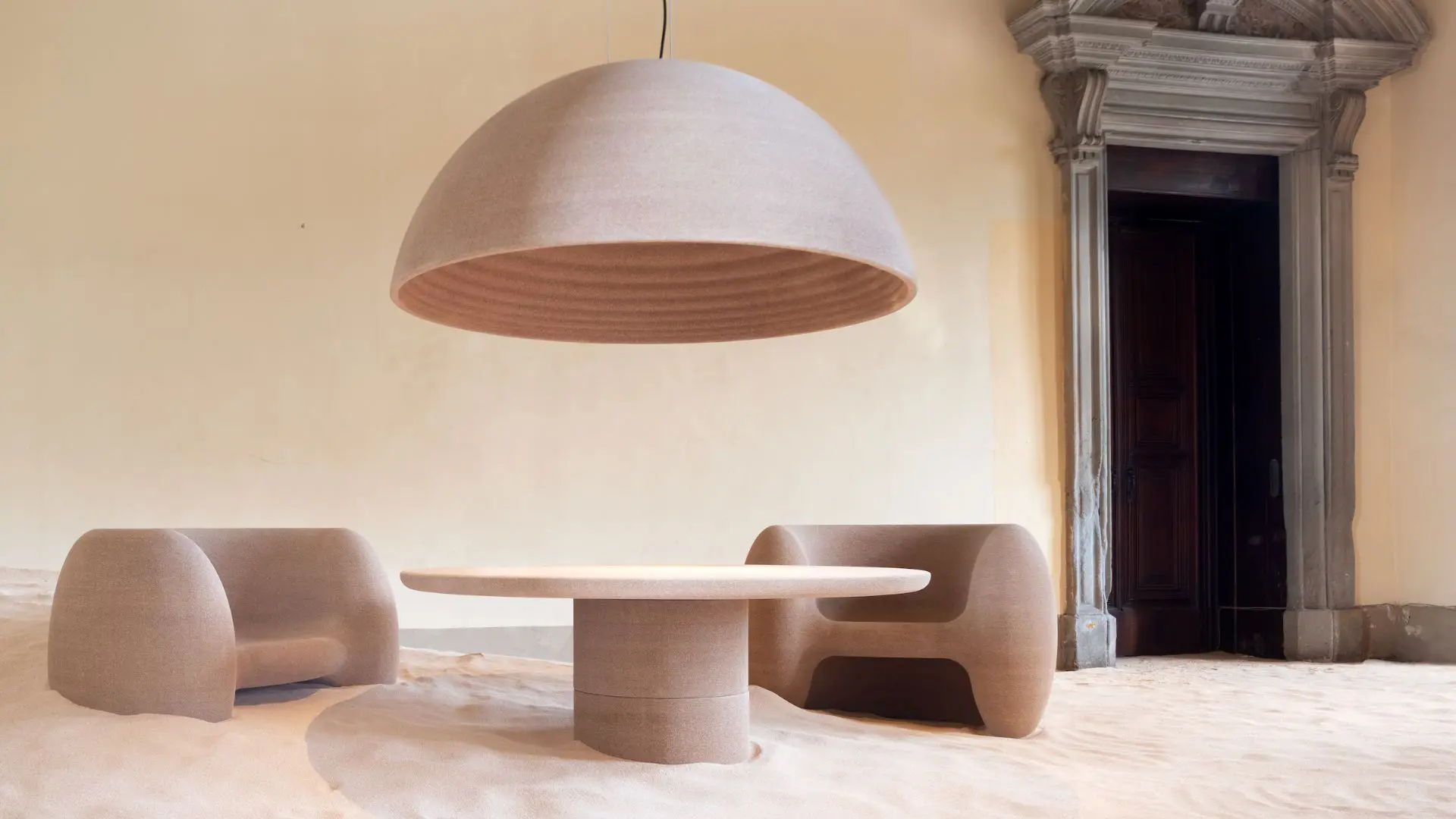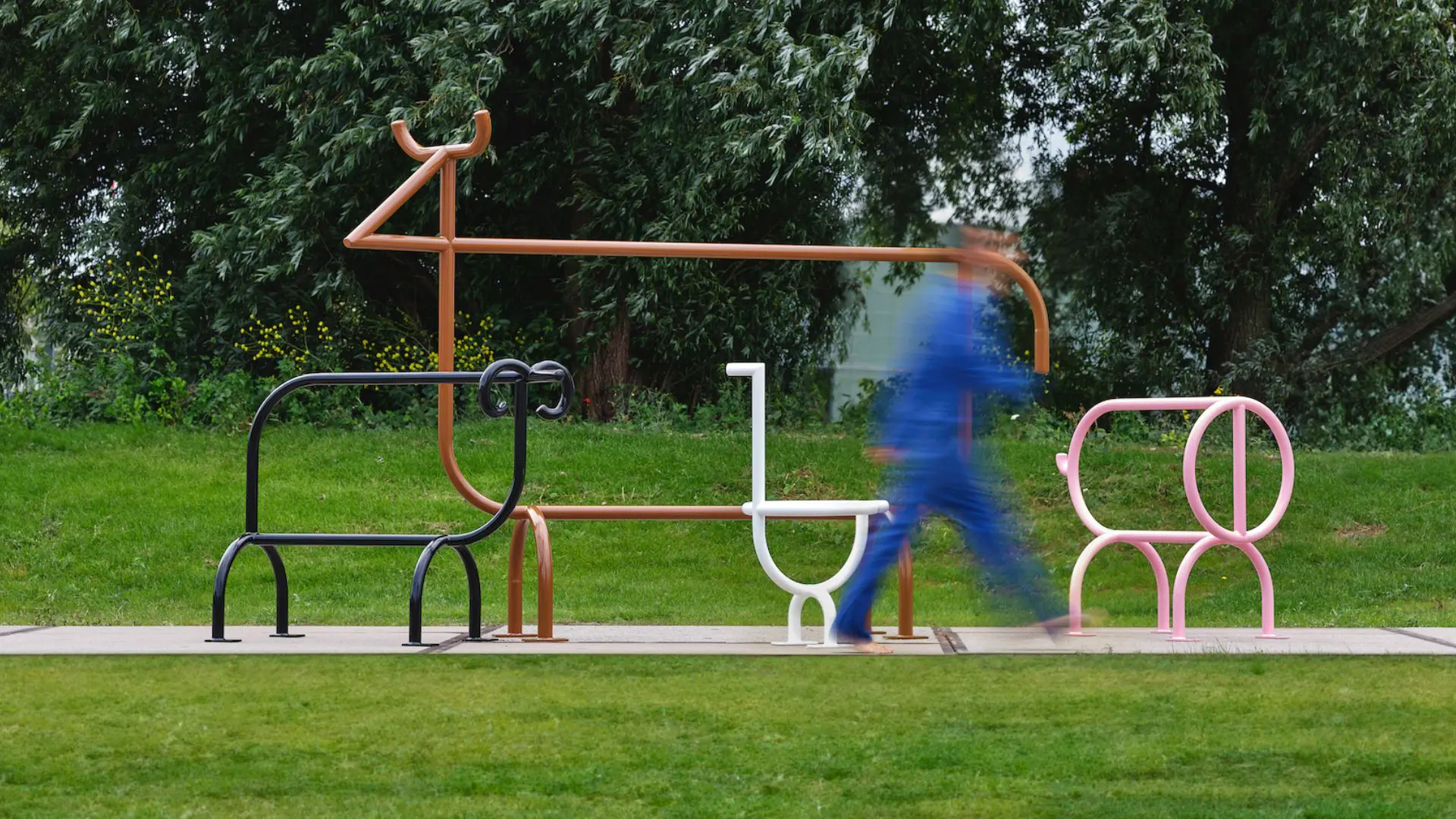Embracing and understanding complexity with Andy Polaine

Independent design leadership coach, consultant, educator, trainer, speaker and writer, Andy Polaine helps clients build and grow their own design and innovation capability to transform their organisations and themselves. With nearly three decades of experience, he walks us through ecosystems’ complexity which every designer should embrace.
DesignWanted had the great opportunity to interview Andy Polaine, Service Design & Innovation consultant educator, writer, Keynote speaker, podcaster, holding a PhD from the University of Technology, Sydney. He has nearly 30 years of experience in design and innovation with clients across a range of industries, including financial services, public services, insurance, healthcare, telecommunications, automotive, media, design and education.
While recalling the moment when he got to know Service Design, Andy said “I had that classic moment of hearing someone describe the way I think as well as being excited that there was a methodology behind it that could be used”.
And that’s exactly the kind of ‘epiphany’ I had last year when I was part of a masterclass organized by POLI.design Master in Service Design, in which Andy Polaine was invited as a speaker. He was investigating the relationship between service design and circular economy and digging into the concept of systems. Especially through the dialogue he established during the talk, I had the perception to be ‘on the right track’ in my academic path and the long-lasting feeling of belonging to the product-service-system mindset.

Who is Andy Polaine and how did your journey in design begin?
Andy Polaine: “I’m service design & innovation consultant, educator, coach, writer, keynote speaker, and podcaster. 30 years ago I actually studied film, video, photography and the then-nascent “digital media” and intended to become a film director.
I got sidetracked by computers and interactivity and ended up helping shape a new generation of interactive media creation, some of which we now know as interaction design and UX. It didn’t have a name back then.”
If you are thinking about the aftermath of the pandemic, don’t miss Everywhere, all the time: designing experiences for an omnichannel world.

Your work ranges from design consultancy, to education and writing. Why focus on service design and innovation?
Andy Polaine: “I’ve always been interested in the interplay between different elements in ecosystems – systems thinking. In the early 2000s I was Head of the School of Media Art at UNSW in Sydney and we were going through a faculty restructure. This was a group of design and art people and yet the process was mostly meetings sitting around a big conference room table and reading out sheets of A4 to each other.
I realised this was a design problem, designing the organisation, and I got interested in the idea of designing organisations. When I visited my friend Ben Reason at LiveWork’s studio around 2001 in London, he told me about what they were trying to do and this emerging new discipline they were fundamental in pioneering called Service Design. I had that classic moment of hearing someone describe the way I think as well as being excited that there was a methodology behind it that could be used.
After transitioning into that field and starting to teach it, I really wanted a book to teach from. I’d pestered Ben, Lavrans and Chris – the founders of LiveWork – about writing one, but they were super busy. So I started the process of doing it myself and then Ben and Lavrans agreed to co-write it with me.
Why service design? Because, despite all the talk about digital “product” design, that work is all about services. Uber isn’t a product. Airbnb isn’t a product. Dropbox isn’t a product. They’re all services, as are your education, bank, insurance, healthcare, telco, and transport services – all things that are fundamental to our lives.
If you want to improve and innovate in those areas, you have to understand the different kinds of mindset involved and that they are complex ecosystems. That’s fundamentally interesting to me. Working in this area, there’s a common flow. Clients ask for help with something like their customer experience.
Once you do the research and work developing these new or improved services, there comes a moment when the client realises they have to change a great deal in the way they work internally to enable their employees to deliver that new service. So it shifts into organisational change. You see how the ecosystem view of this comes into effect.”
You teach and coach designers and teams in service design and innovation methodologies and how to operate within their organisations. What are some aspects that need to be taken into consideration when designing a service?
Andy Polaine: “I’ve probably covered a lot of this above, but it’s important to consider the entire ecosystem: front-stage touchpoint that customers or users experience, such as websites, apps, physical spaces, physical products, people, along with all the smaller things people forget – forms, authentication, security, payments, policies, procedures, etc.
Then you have to look at how all these are delivered and supported by the back-stage of the enterprise. All the tools, databases, people, processes, etc. that make the things the customer sees. But that’s still a very simplistic view. Every back-stage is someone else’s front-stage. Imagine a call-centre employee – they’re a front-stage touchpoint for a customer and the (usually terrible) tools and systems they use are back-stage and invisible to the customer unless things go wrong. For the call centre employee, the terrible tools are their everyday front-stage experience.
Understanding the connections between all of these aspects, plus understanding how service experiences unfold overtime over multiple steps and across multiple channels (e.g. web, mobile, print, product, third-party services, people, etc.) is critical to understanding what’s really not working. That involves all of the different departments and stakeholders in the organisation pulling together. That’s a large part of the battle.”
You have nearly three decades of experience in design and innovation and are very knowledgeable in trends forecasting. Could you tell what are the main trends and future directions within your sector and what do you think of them?
Andy Polaine: “This is a huge question and it’s easy to come up with platitudes like “change is the new normal” or “the pace of change will never be as slow as it is today” but really there are two meta trends I think are in play.
One is this tension I’ve hinted at before between the service/systems mindset and the product/industrial mindset. The more we connect everything together, the more ecosystems become exponentially more complex. Covid is the most obvious example of this – you get social, environmental, economic, legal, scientific, ethical, political issues all interacting with each other.
The entire macro view of the world has shut down all because of something microscopic. Yet there is always a push to over-simplify these things, which includes thinking of digital services as “products” because the complexity view makes our heads hurt. Businesses, whose management mentalities are still stuck in the industrial factory model, despite all the trendy variants, are not set up to understand or manage for complexity.
So you have this tension between those two mindsets – one that is striving to understand complexity as complexity, another that wants to break it all down into simple blocks and make those blocks shiny as fast as possible and call it Agile.
The other trend is actually the same in another form. It’s the tension between me and we. Are you working and living for yourself and your personal needs, regardless of the social or environmental consequences, or are you more concerned with the shared responsibility we have to be good ancestors to our descendents? That tension plays out in what I said before about products vs services, but also in late-stage capitalism and our climate change crisis.“
As a design educator and professional, what is the most important piece of advice for young designers and fresh graduates in the field?
Andy Polaine: “Embrace and understand complexity. The world is a complex place. And strive to understand who you are and remember that you don’t leave your personal baggage at the door of the office. The biggest lie is “it’s not personal, it’s business.” It’s all personal. Want to be a more interesting designer? Be a more interesting person, as my friend Brendan Dawes once said.
Lastly, I’d say, make sure you’re not just sprinting as fast as you can all the time. You need to build in moments of time for reflection and consideration. If you don’t, your lack of reflection will scale up into real-world consequences. Look at Facebook.”
What’s next for Andy Polaine?
Andy Polaine: “This past year I’ve been concentrating on my coaching practice. It’s ostensibly for design leaders (and their bosses, leaders of designers) but it’s also evolved to coaching people through the middle passage of their lives. This is where designers tend to have somewhat of an existential crisis that’s both professional and personal. I’ve been there, been through it, and helped a lot of other people through it. So that’s where I’ve been doing a lot of thinking recently and may well pull together some of that thinking into a book.
The other part of my work – training and coaching client teams – is still going on and I still enjoy the work. When the pandemic hit I had been considering how best to put my training materials and courses online and then everyone and their dog did it all at once. So I held back, because I didn’t want to add to a crowded space, but now I’m looking into that again and will put out a bit of a probe soon asking people what they might want.
The best place to hear about any updates on that front and my podcast or latest thoughts is my newsletter Doctor’s Note or my blog.“
Check out Andy Polaine’s podcast, Power of Ten, where he explores design and how it operates on many levels and forms.
Are you working remotely? Discover the collaborative platform and the seamlessly integrated workflow with Alastair Simpson, Vice President of Design at Dropbox!





